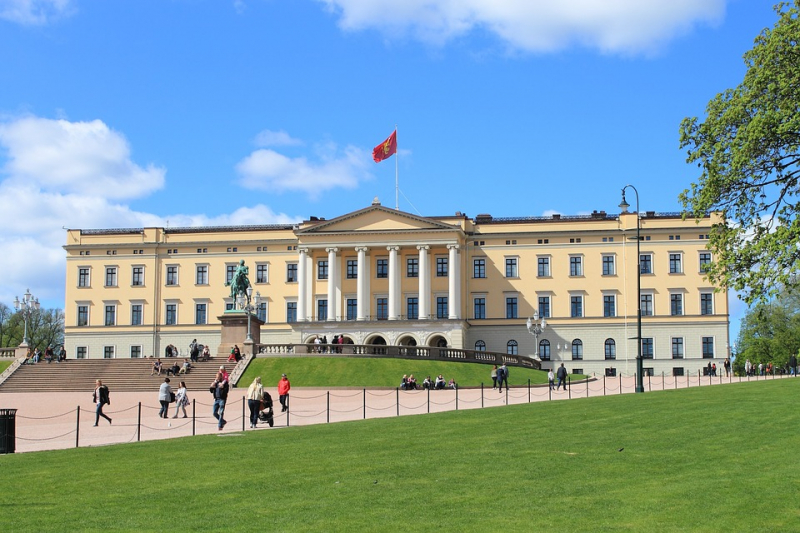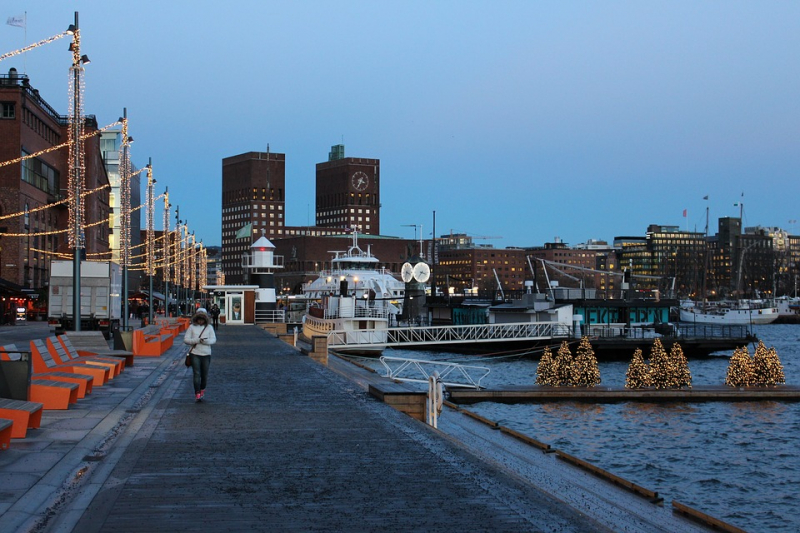Oslo

Oslo's status as a green city stems from more than just its numerous parks and neighboring woods. Urban planners, lawmakers, and various enterprises all work hard to lower Oslo's carbon footprint and secure a sustainable future for everybody. The European Commission acknowledged and honored their efforts by naming Oslo the European Green Capital for 2019. Oslo is one of Europe's fastest expanding cities, and it has experienced several significant development projects over the previous few decades. Many of them have made sustainability a guiding theme.
The new Oslo neighborhood Vulkan, located on a former industrial site near the Akerselva River, is a model for environmentally sustainable city development. The developers' desire to establish an energy-efficient community has resulted in a local energy center with geothermal wells, buildings with substantial solar water heating systems, and hotels that recycle energy from coolers and elevators.
Oslo's developers have also taken care to protect the city's landscape and animals, as well as to repurpose old structures in novel and creative ways. Tjuvholmen's shoreline area was built with artificial reefs to ensure the safety of the local aquatic animals. What was formerly a heavily traveled bridge in Srenga, another new neighborhood in Oslo, has been transformed into a park area in the style of New York's Highline - a historic structure repurposed in a hypermodern zone. The new Munch Museum, the new Deichman Library, and the new National Museum in Oslo are all designed in an ecologically responsible manner with measures that reduce their carbon footprints.
Location: Norway
















